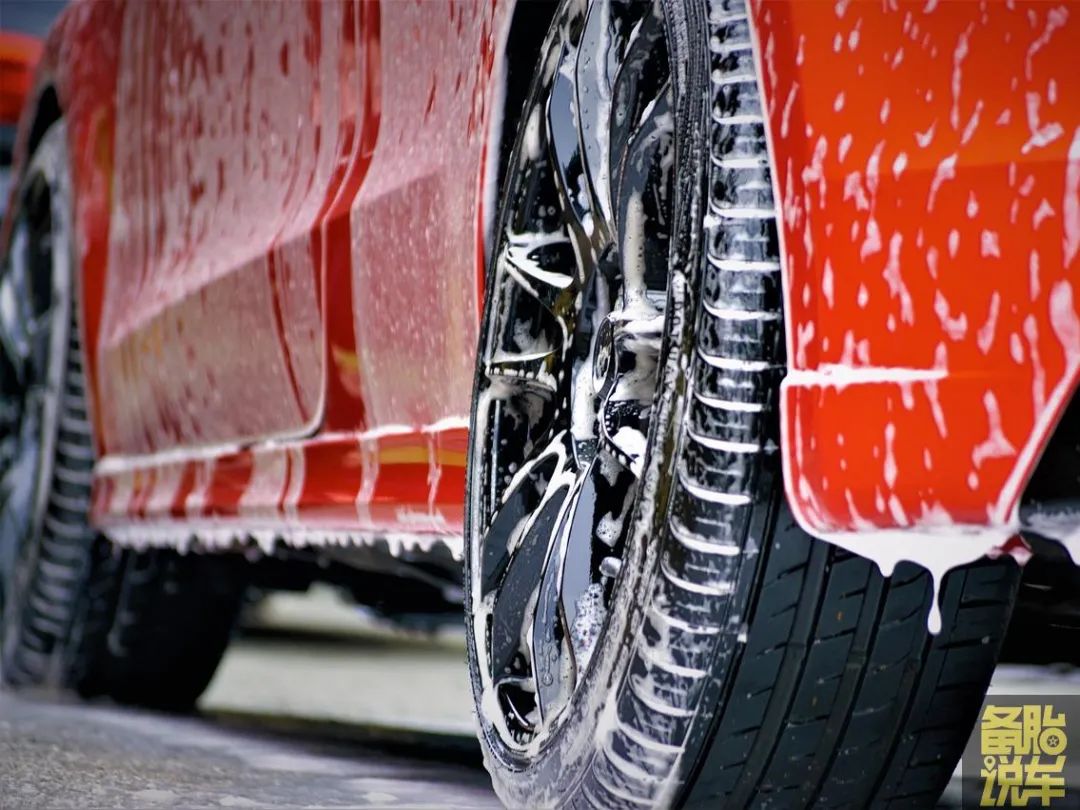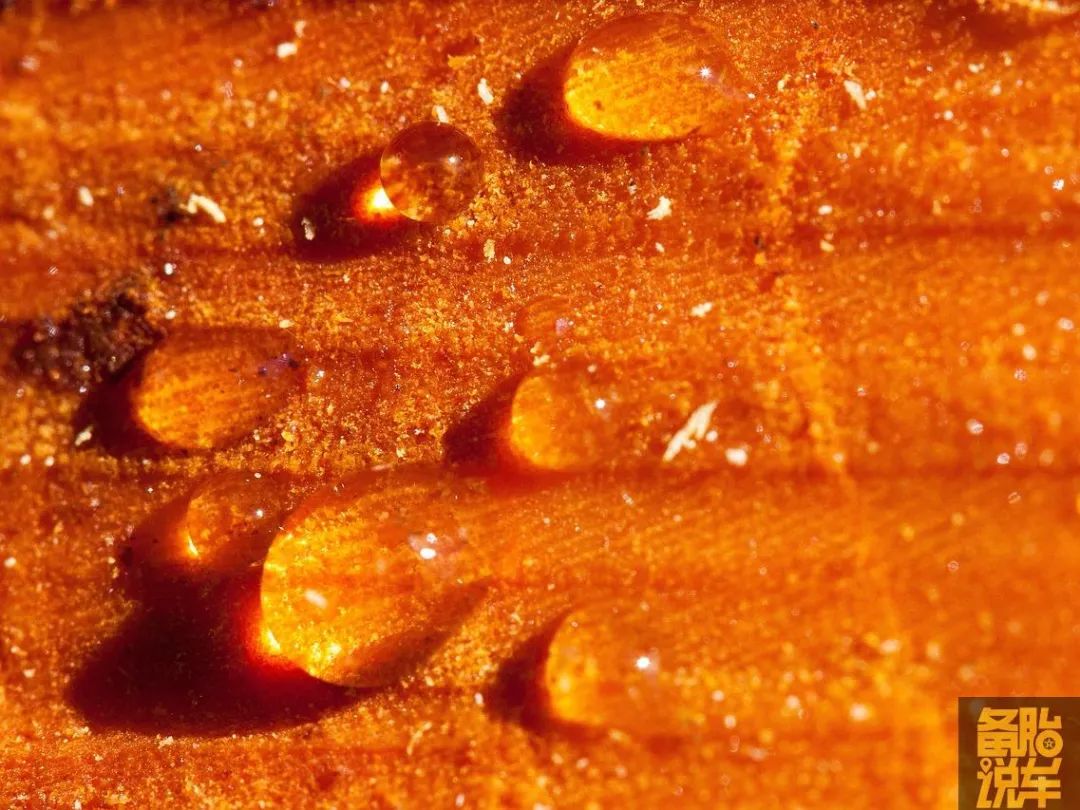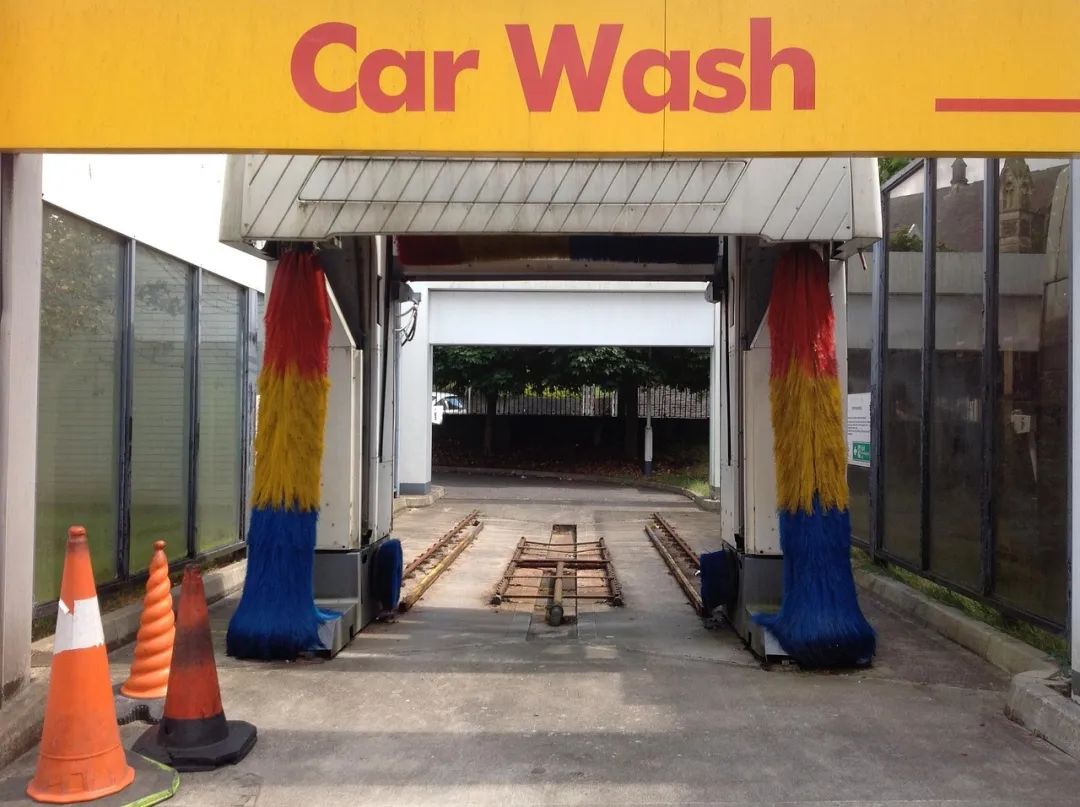Your car is more than just a mode of transportation—it’s an investment. To keep it running smoothly and looking its best, regular maintenance is essential. This guide dives deep into protecting your vehicle’s paint, interior, and undercarriage, offering actionable tips to extend its lifespan and preserve its value.
1. Protecting Your Car’s Paint: The First Line of Defense
Many drivers underestimate the importance of paint protection. Dust, dirt, and sand particles act like sandpaper on your car’s surface, causing microscopic scratches over time. Organic materials like bird droppings, tree sap, and insect remains contain corrosive compounds that eat away at the paint’s chemical bonds, leading to discoloration and fading. Even rainwater, now acidic due to industrial pollutants, poses a threat.
Effective Paint Protection Strategies
- Waxing: Applying car wax creates a protective barrier similar to a screen protector. Protection wax shields against UV rays and minor scratches, while cleaning wax (often with Teflon) makes dirt easier to rinse off.
- Advanced Coatings: Ceramic coatings, paint protection films (PPF), or crystal coatings offer 6 months to 5 years of protection but come at a higher cost.
Pro Tip: Wash your car weekly to remove contaminants before they bond to the paint. Avoid automatic car washes with abrasive brushes—opt for touchless washes or hand washing instead.
2. Extending Interior Longevity: Preserving Comfort and Aesthetics

Your car’s interior takes a beating from daily use, especially leather seats. Contrary to popular belief, the primary enemy isn’t denim dye but human sweat. Sweat contains lactic acid, which weakens the leather’s tannins—chemicals that enhance durability and resistance to heat, cold, and moisture. Over time, untreated leather may fade, crack, or develop a rough texture.
Interior Care Best Practices
- Use Seat Covers: High-quality, non-slip covers protect leather while maintaining grip. Avoid overly smooth materials that reduce friction, as they can compromise safety during sudden stops.
- Check Airbag Compatibility: Ensure seat covers have openings aligned with side airbags (marked SRS or AIRBAG). Blocking these can prevent proper deployment in accidents.
- Steering Wheel Covers: Opt for custom-fit, sewn covers instead of loose, slip-prone options to maintain control.
Caution: Never use harsh chemicals or abrasive cleaners on leather. Stick to pH-neutral products to avoid drying out the material.
3. Rust Prevention for the Undercarriage: Safeguarding the Foundation

Modern cars come with factory undercoating to protect against rust, but daily driving chips away at this coating. Gravel impacts, road salt, and moisture expose metal to acidic rainwater and road debris, accelerating corrosion. Rust not only looks unsightly but also weakens the vehicle’s structural integrity.
Undercarriage Maintenance Tips
- Inspect Regularly: Check for flaking or thinning undercoating. Look for signs of rust in wheel wells, door sills, and the exhaust system.
- Reapply Protection: Use water-based undercoat sprays, which form flexible, adhesive layers that resist chipping and provide long-term rust protection.

4. Addressing Common Maintenance Questions
Q1: How often should I wash my car?
- Weekly Washes: Ideal for removing contaminants before they bond to the paint.
- Avoid Harsh Methods: Use soft microfiber cloths and avoid harsh brushes or automatic car washes with abrasive rollers.
Q2: What are essential maintenance tasks vs. unnecessary upsells?
- Essential:
- Oil changes (every 5,000–10,000 km).
- Tire pressure checks (monthly).
- Brake inspections (annually).
- Optional: Engine flushes or fuel additives, unless recommended for specific issues.
5. Additional Pro Tips for Comprehensive Care
Interior Cleaning

- Vacuum carpets and use pH-neutral cleaners for plastics and leather.
- For stubborn stains, specialized automotive cleaners work best without damaging surfaces.
Tire Care

- Rotate tires every 8,000–10,000 km to ensure even wear and extend lifespan.
- Check tire pressure monthly and adjust according to the manufacturer’s recommendations.
Battery Maintenance

- Clean terminals annually to prevent corrosion and ensure reliable starts.
- If your battery is over 3 years old, consider testing it for performance.
Final Thoughts
Regular maintenance isn’t just about keeping your car looking good—it’s about safeguarding safety, performance, and resale value. By focusing on paint protection, interior care, and undercarriage rust prevention, you’ll avoid costly repairs and enjoy a smoother driving experience. For detailed guides on specific maintenance tasks, explore trusted automotive resources or consult a professional mechanic.
References: Industry standards, automotive care guides, and expert recommendations.
